
On Oct. 10, federal offices in Washington and beyond flew a historic warning: layoff notices were issued during an active shutdown.
Seven agencies – including Treasury, HHS, and Commerce – told a judge they had sent RIF notices to over 4,100 employees. Workers were stunned by the turn of events, facing permanent job loss instead of a routine furlough.
Layoffs Accelerate
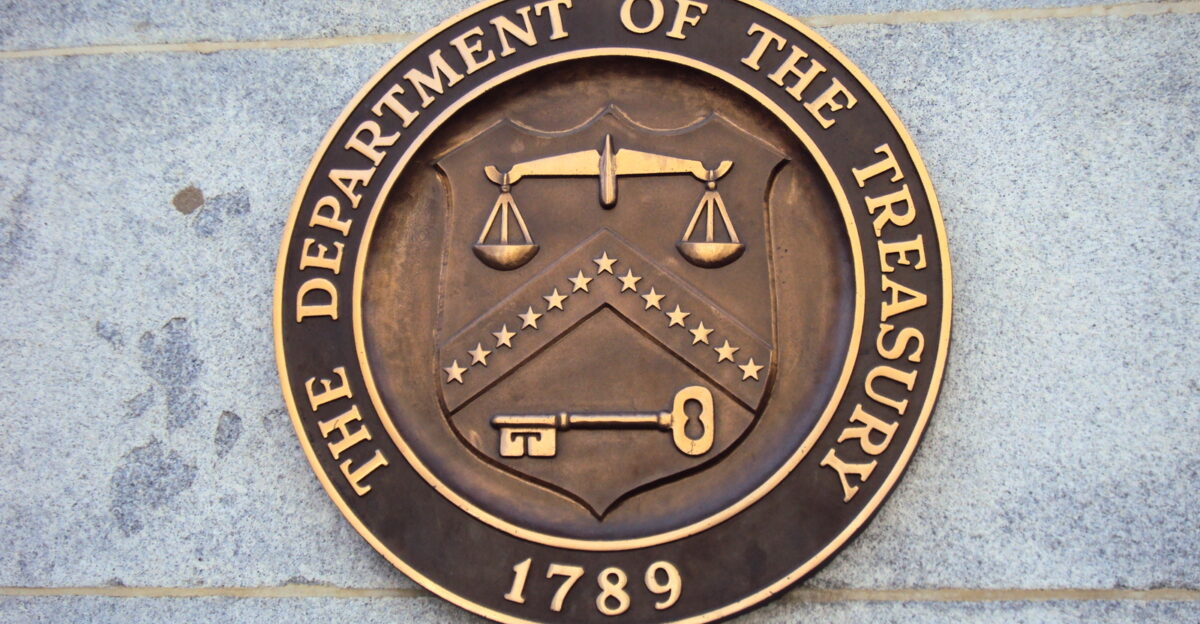
By the next day, the scale was clear: more than 4,200 federal employees had received layoff notices at seven agencies.
The largest share was at Treasury (≈1,446) and HHS (≈1,100). Each passing hour, more agencies and jobs were added, spreading alarm in Washington and beyond as communities braced for impact.
Unprecedented Measures
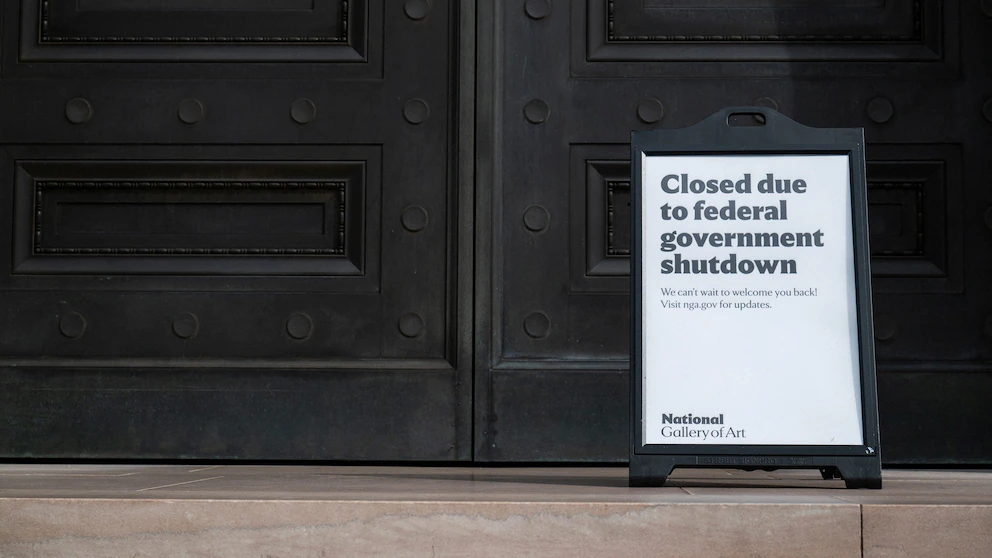
Past shutdowns were seen as temporary furloughs, not job cuts. As Reuters noted, “Previous shutdowns have not forced the government to fire any workers”.
Historically, furloughed employees were almost always recalled once funding resumed. This shutdown’s shift to permanent layoffs broke decades of practice, an unprecedented turn for employees and managers.
Breaking Precedent
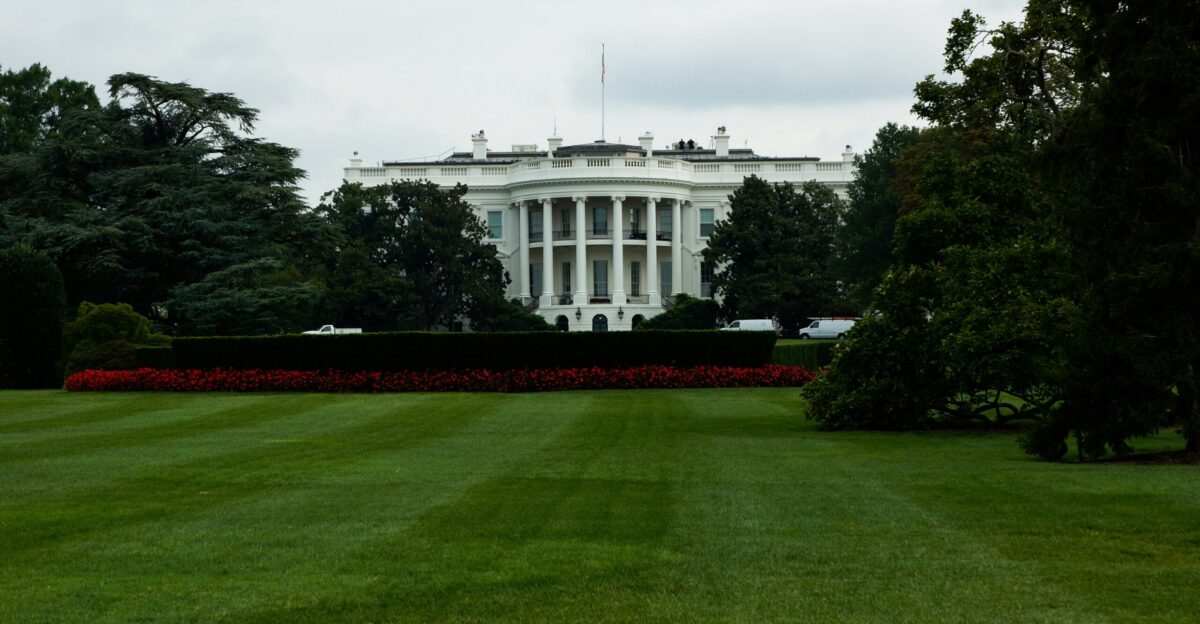
On the shutdown’s 10th day, the White House formally sent RIF notices to 4,141 federal workers across seven agencies. OMB Director Russ Vought even posted on X (formerly Twitter): “The RIFs have begun”.
It was the first time in U.S. history a funding lapse triggered permanent layoffs – a decisive break from past practice.
Union Outrage
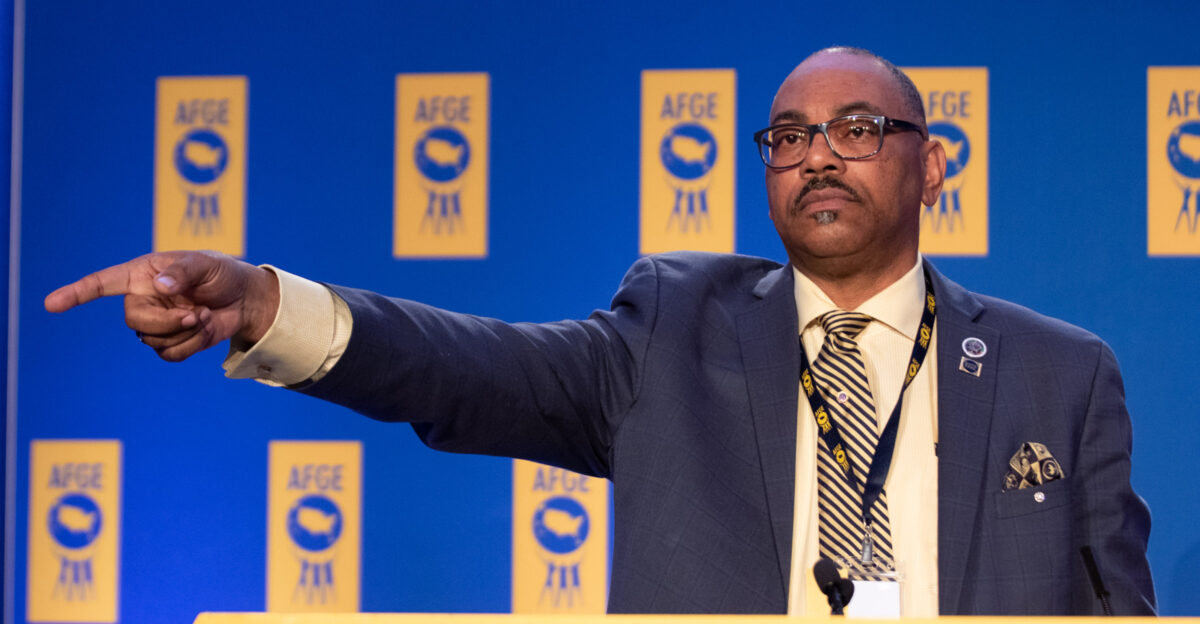
Union leaders erupted in anger. AFGE President Everett Kelley blasted the cuts as “disgraceful,” noting that affected employees “provide critical services to communities across the country”.
For many laid-off workers, shock gave way to outrage as they called the move illegal and politically motivated. Civil servants who had long served the public felt betrayed and used as political pawns.
Courtroom Showdown
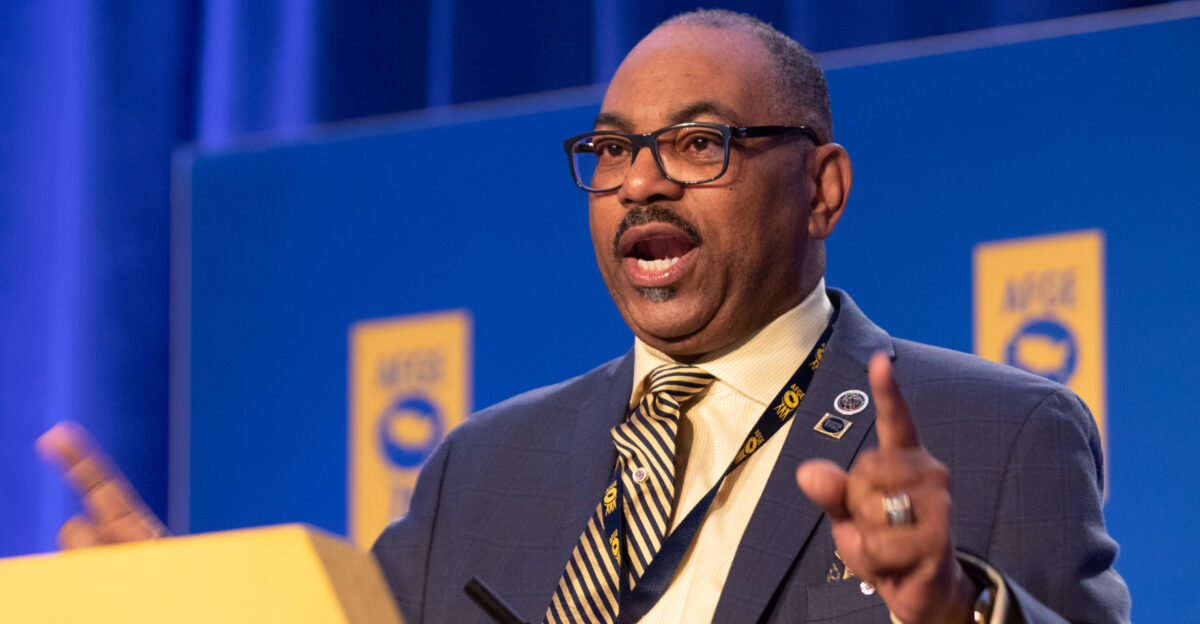
Unions immediately took legal action. On Sept. 30, the AFGE and allied unions sued to block any shutdown-era firings, arguing RIF notices during a shutdown violate federal law.
By Oct. 10, a U.S. judge set an Oct. 15 hearing on a temporary injunction to halt the notices. Legal experts say the case will hinge on the Antideficiency Act’s protections against spending or layoffs when funding has lapsed.
Breaking the Rules

Observers realized a new precedent was unfolding. “In AFGE’s 93 years…no president has ever decided to fire thousands of furloughed workers during a government shutdown,” the union pointed out.
Never before had a lapse in funding been used to purge the civil service. Lawmakers on both sides warned this could rewrite the rules of future budget battles, ending the old norm of temporary furloughs.
Departments Hit Hardest
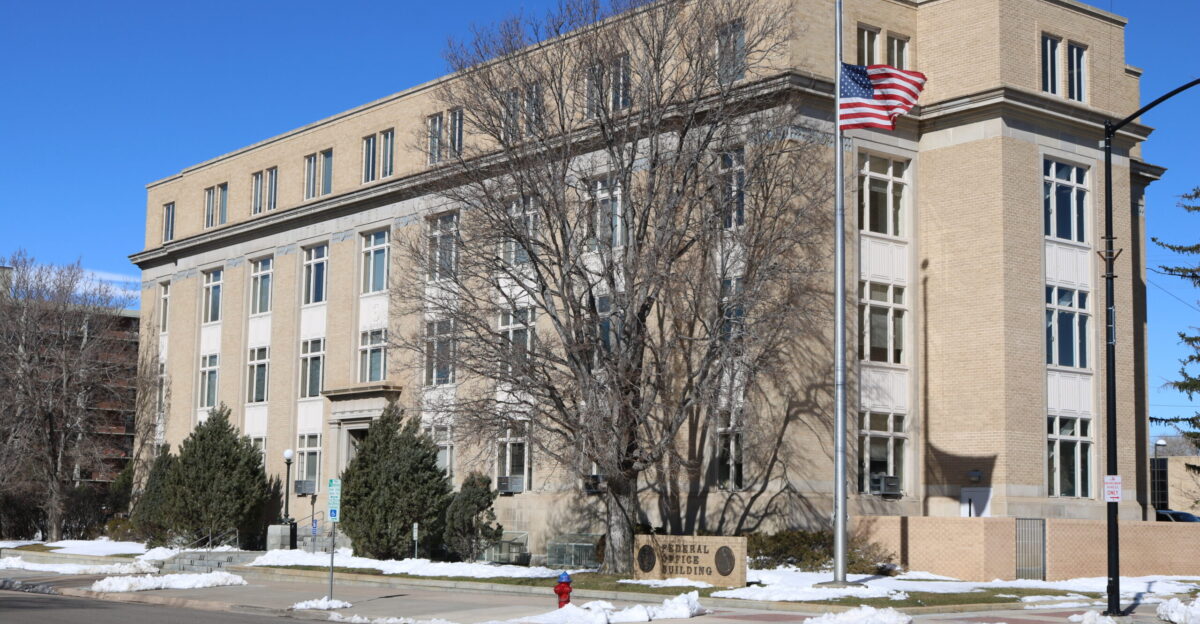
In total, 4,141 federal employees got layoff notices. The breakdown was staggering: Treasury cut 1,446 jobs; HHS about 1,100–1,200; Education 466; Commerce (including USPTO) 316; HUD 442; DHS/CISA 176; and EPA about 20–30.
The administration even warned the court that other agencies “are actively considering whether to conduct additional RIFs” if the shutdown continues – signaling cuts could deepen.
Executive Moves and Pushback
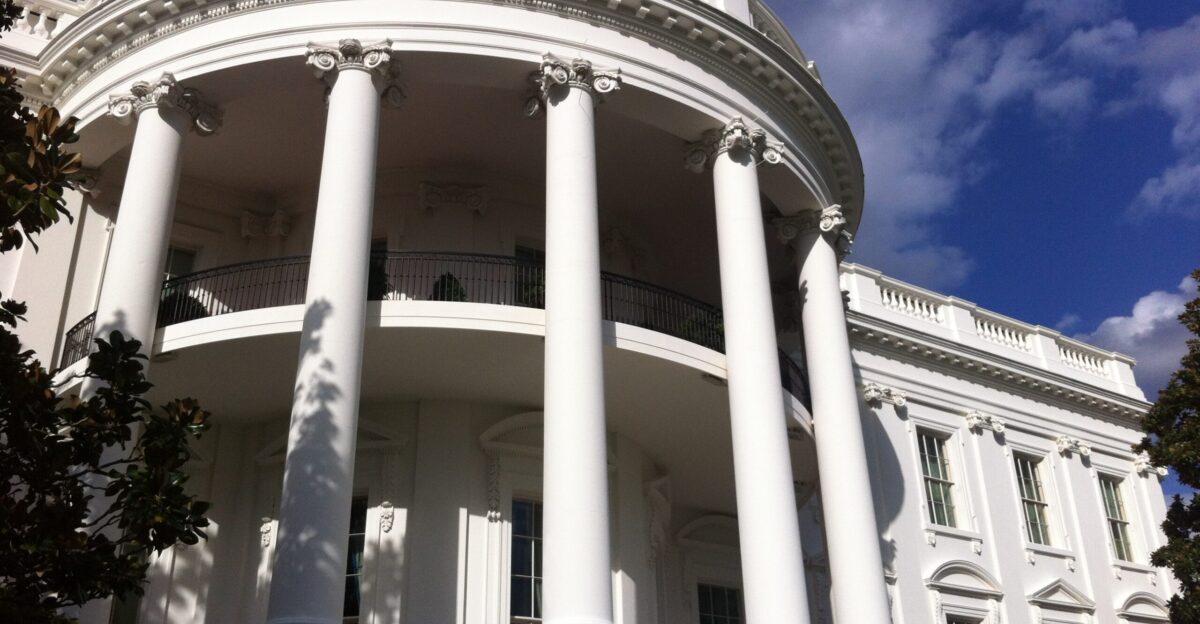
The White House claimed agencies could revise layoff plans if funding was restored. Admin officials said this flexibility spared some hardship. Critics disagreed. Senate Appropriations Vice Chair Patty Murray (D-WA) accused Trump of choosing to inflict “more pain on the American people” with the cuts.
The episode intensified debates over executive authority when spending has lapsed.
Partisan Blame Game

The crisis deepened partisan divides. President Trump told reporters the shutdown was “Democrat-forced,” arguing the GOP must “clear out dead wood, waste and fraud” during the closure.
Many Republicans defended the layoffs as overdue reforms. Democrats countered strongly: Sen. Murray dismissed the cuts as cruelty, and Rep. Hakeem Jeffries termed the effort a lawless power grab. The bitter exchange showed neither side backing down.
Service Disruptions Loom

Experts warned that essential services could suffer. A government scientist, speaking anonymously, warned that treating career staff as “pawns” could weaken critical programs. Funding gaps already shuttered national parks, and future disruptions were likely.
Still, analysts pointed out that past shutdowns – though economically disruptive – typically saw services resume once deals passed. The difference here was fear of permanent damage to mission-critical roles.
High-Stakes Court Fight
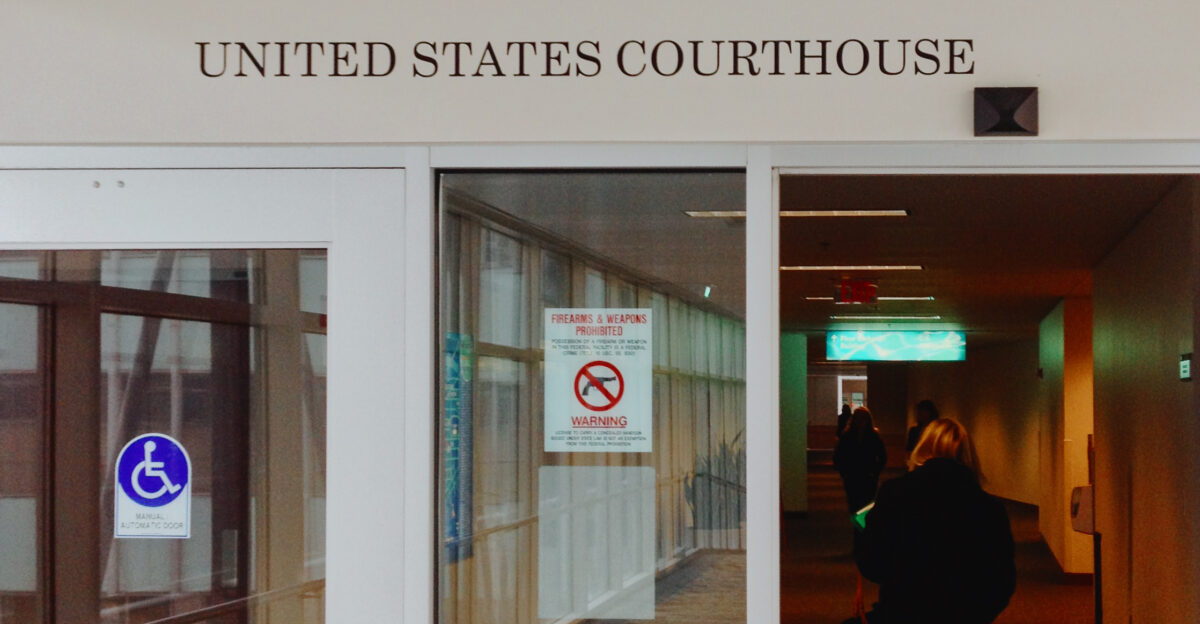
The lawsuits will have a lasting impact. The union suit argues these RIFs violate the Antideficiency Act, which forbids spending (including severance) without an appropriation.
If the judge rules in favor of workers, the current layoffs could be reversed and future shutdown firings barred. Labor lawyers say any precedent set now will resonate for years, likely limiting how administrations use shutdowns as leverage.
Ethical and Political Fallout

Many Americans viewed the tactic as an ethical line-crossing. Critics complained that budget fights had been “weaponized” against public servants. Supporters countered that fiscal emergencies demand tough measures to eliminate waste.
In Congress, some lawmakers even pledged to forgo their pay until the shutdown ends, framing the cuts as a moral test for leadership. The debate became as much about principle as about policy.
A New Precedent
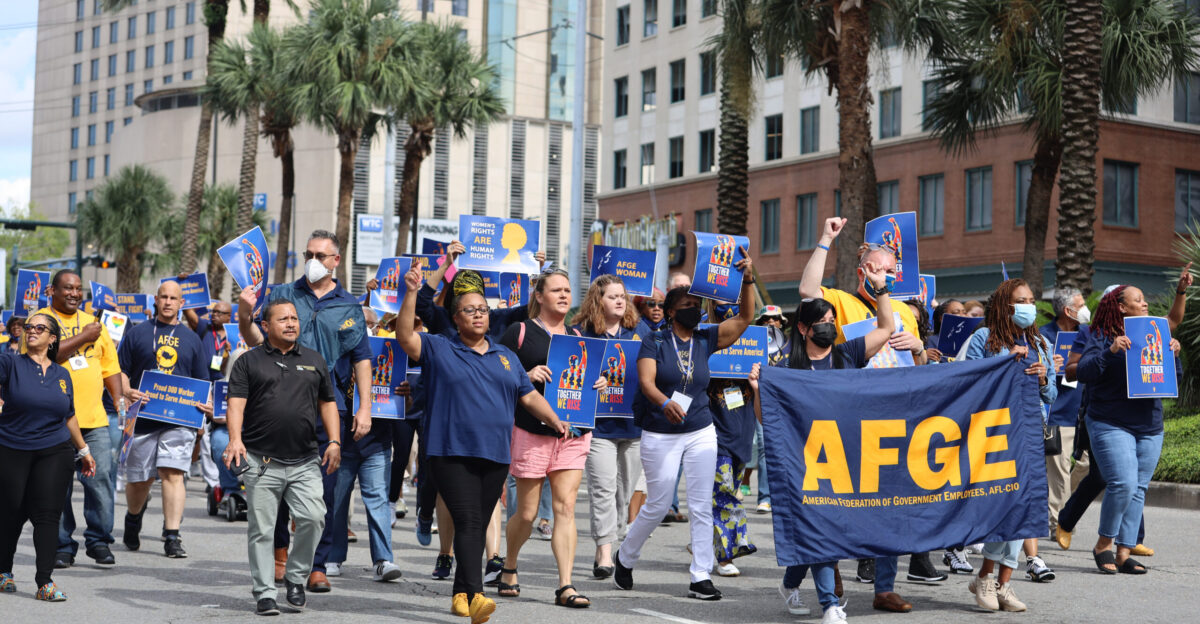
Permanent furlough-to-firing shifts mark a new era, whatever happens legally. As AFGE noted, in decades of shutdowns “no president has ever decided to fire thousands of furloughed workers”.
Now, even after the shutdown ends, officials face a stark question: will this episode be an outlier, or will future budget battles routinely use RIF notices as high-stakes leverage against federal employees?